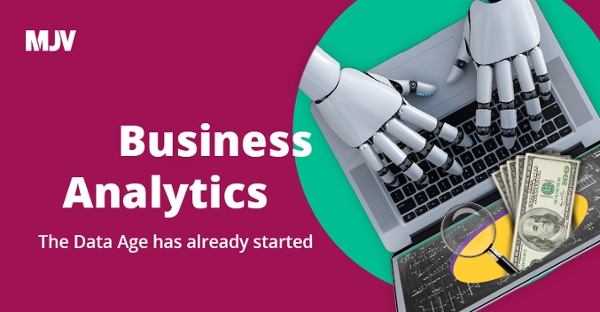Big Data: get to know your customer to generate more business
In recent years, the advancement of technology has changed the way a user relates to a brand. The ease of access to information has also changed the journey of consumer buying, which today begins the search for a product or service on the Web and may or may not end in the physical store.
On the way to the end of the purchase, the customer contacts the brand several times in the virtual environment, be it on the website, social networks, chat, e-mail and even in channels with videos explaining ways to use. In this context, Big Data provides important data about customer behavior.
Big Data refers to data that grows unstructured and exponentially in the world and is driven by three factors: volume, variety and data rate. Analyzing this information is essential for making more assertive decisions in a business. To extract competitive advantages from the data, you need to know what you want with them, that is what Jorge Mendes, Strategic Director of Business Intelligence at MJV, says. For the expert, it is essential to decide which problems need to be solved. Questions such as “how can we change our customer’s advertising strategy with the goal of increasing sales?” Guide the management and implementation of Big Data.
Big Data: Data analysis is what really matters
The available data is not only useful for outlining a consumer profile in the web environment. In the movie Moneyball, for example, a coach with the challenge of running a low-budget baseball team decides to employ data analysis to improve the performance of their players.
Crossing different types of information about the user, such as sharing information on different platforms, geolocation data, among others, allows us to follow the user’s behavior, understand their motivations, expectations and tailor their business to better serve them.
The challenges of Big Data as a tool to generate business include improving the power of collecting, structuring and interpreting information that is already available. In this way, you can generate insights for a business, innovate based on better data interpretation, more in-depth coordination of processes, policies, people, and technologies to manage information assets and make more efficient decisions that deliver positive results for your business.
Companies need to be aware of changes in consumer behavior
The huge stream of data available today was created due to the advent of the internet and the era of smartphones. In a survey conducted by Provokers – with 1011 smartphone users, between the ages 14-55, from the ABC classes across Brazil – it was observed that the purchase process begins well before the trip to the physical space. This year’s survey found that 79 percent of smartphone users expect immediate information when they look for something.
We live in the era of immediacy, where individuals replace searches on their desktops for ones on their smartphones, while they perform various other tasks – such as sending messages, watching videos, sharing something on social networks, and so on. In addition to not tolerating bad experiences with websites – still according to the survey, 50% of consumers leave a mobile website that takes more than 3 seconds to load, which reveals the search for more and better experiences during their purchase’s journey.
E-commerce from different industries, for example, can compile huge volumes of data in order to create consumer history records, from the number of clicks or interaction, not just keeping the final sales record. By using historical and data volume information, you can make additional buying recommendations and promote competitive advantage. The importance is in the speed with which feedback is obtained, from the input data to the decision making.
Big Data on the user’s journey
Click on the video to learn how to use Big Data on the consumer shopping journey
https://www.youtube.com/watch?v=-6s8abdHfbk
The analysis of the data available on the day of purchase of your consumer can answer important questions, providing support for new actions to generate more business, such as:
- What is the profile of your most valuable consumers?
- What campaigns motivate this consumer to buy?
- What patterns of behavior do they exhibit?
- How and when to approach this consumer?
- What are the best multi-channel performance campaigns?
- Which campaign combinations generate more sales? And how much more?
Once these questions are answered and understood, the decisions you make are increasingly positive, tangible, measurable and consistent with your business objectives.
Back
